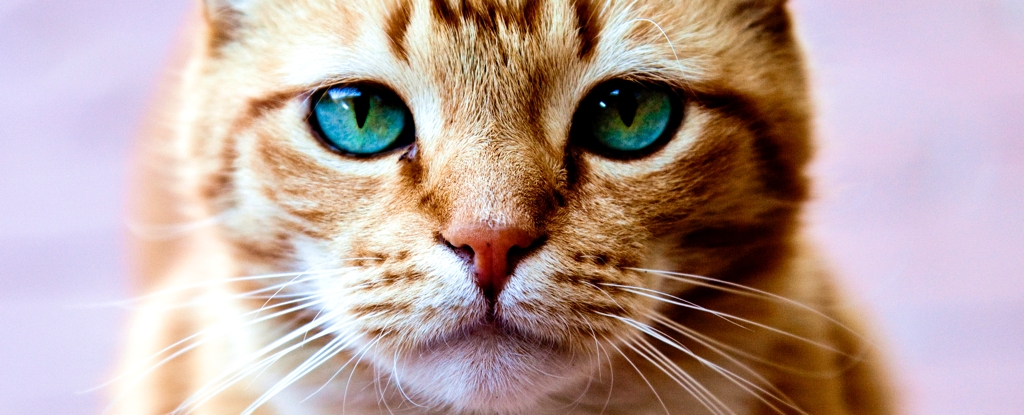
In the wake of the COVID-19 pandemic, it’s not just exotic animals or the wildlife trade that we should be worried about, for our health’s sake.
Backyard pets, working animals, and urban-dwelling pests could also be sources of zoonotic germs that jump from animals to humans, according to a new review that warns increasing urbanization and climate change will likely change disease dynamics.
Writing in Science Translational Medicine, disease ecologist Amandine Gamble and colleagues outline a string of examples showing how companion animals and neighborhood strays carry a risk of zoonotic spillover distinct from wild animals and livestock.
They argue that this risk is underappreciated, and though it may be small and limited to rare occurrences, it nonetheless poses a real health threat because of the proximity of pets and strays to humans.
“These animals can play critical roles in zoonotic spillover by enabling the maintenance of a zoonotic pathogen, facilitating its spatial spread, acting as a bridge between otherwise unconnected species, or providing particular opportunities for its evolution,” Gamble and colleagues write.
Pathogens don’t have to cause a pandemic or even an epidemic to be zoonoses; any infection that spills over into humans is classed as a zoonotic one.
The trouble is, a number of infections that spread from pets into humans are likely underestimated because we don’t keep close tabs on them – or recognize which animals can transmit them. This hampers surveillance efforts.
Chlamydia psittaci is a bacterium that spreads from pet parrots to humans, and backyard poultry could also be a reservoir for Salmonella, which causes gastrointestinal upset. These are just two of the more than 70 pathogens of companion animals known to be transmissible to people.
With bats and horses being other well-known sources of zoonotic diseases in urban areas, Gamble and colleagues focus their attention on dogs and cats, particularly free-roaming and feral ones.
Where pet owners are more likely to have closer contact with indoor cats, cats that roam outdoors and feral felines have more chance of picking up pathogens – including some you might not expect.
The plague is historically associated with rats and their fleas, but cats can act as a link in the chain of infections of the bacterium Yersinia pestis, which causes different forms of this still-fatal disease.
“Numbers of infections are low, but plague is endemic in 17 western US states, and many of the small mammals on which cats prey carry Y. pestis,” Gamble and colleagues write.
So if you need another reason to keep your cat indoors, here it is: “Consequently, outdoor cats and cats with incomplete veterinary care, combined with human interaction, suggest that cat-transmitted plague can be considered an increasing public health risk.”
Earlier this year, researchers similarly recognized overlooked animal sources of another disease that has been with humans for centuries: leprosy.
Different animals are also becoming more likely vectors as climate change alters species interactions, such as birds becoming reservoirs of tick-borne Lyme disease.
Concerns are also growing after highly pathogenic bird flu viruses were detected in Polish pet cats in June 2023; no human cases have been reported but the source remains unclear.
Gamble and colleagues warn that we need to get a handle on the diversity of animal populations involved in the spread of zoonotic diseases, to improve surveillance and design more effective control measures.
“It is critical to implement surveillance programs allowing us to track changes in pathogen dynamics,” the researchers conclude, adding that “feral populations should not be overlooked over pet populations.”
The study has been published in Science Translational Medicine.
